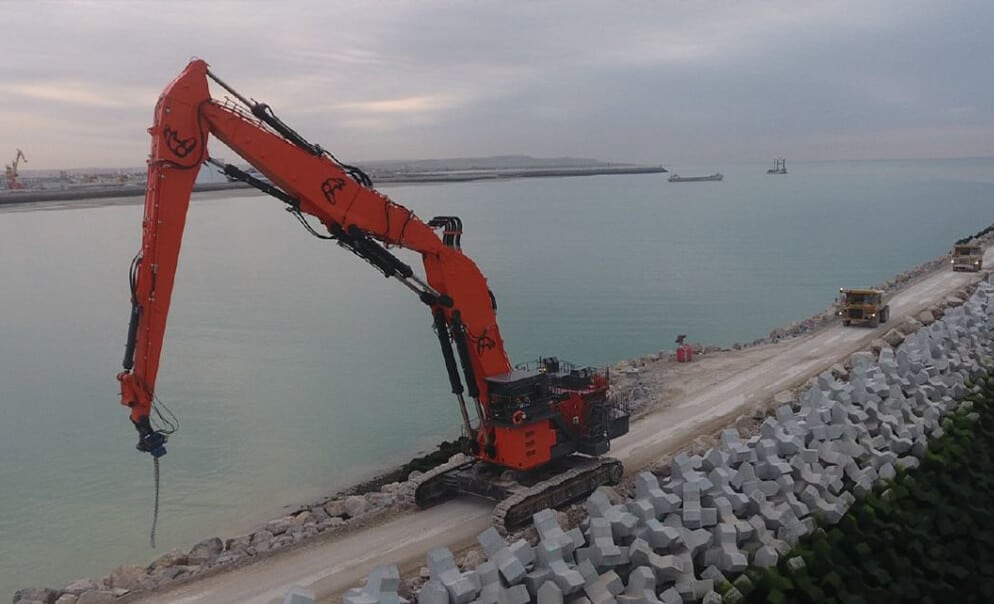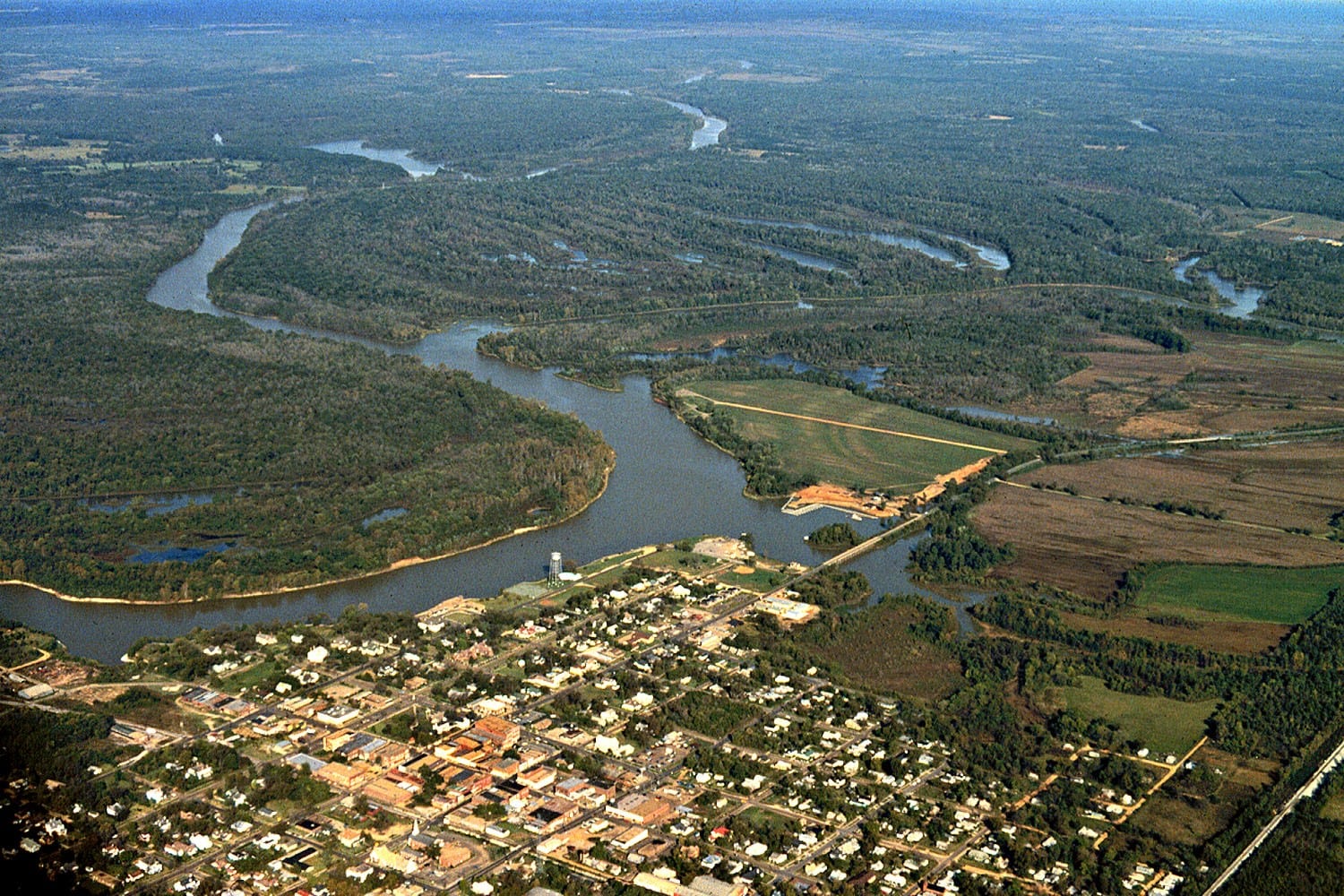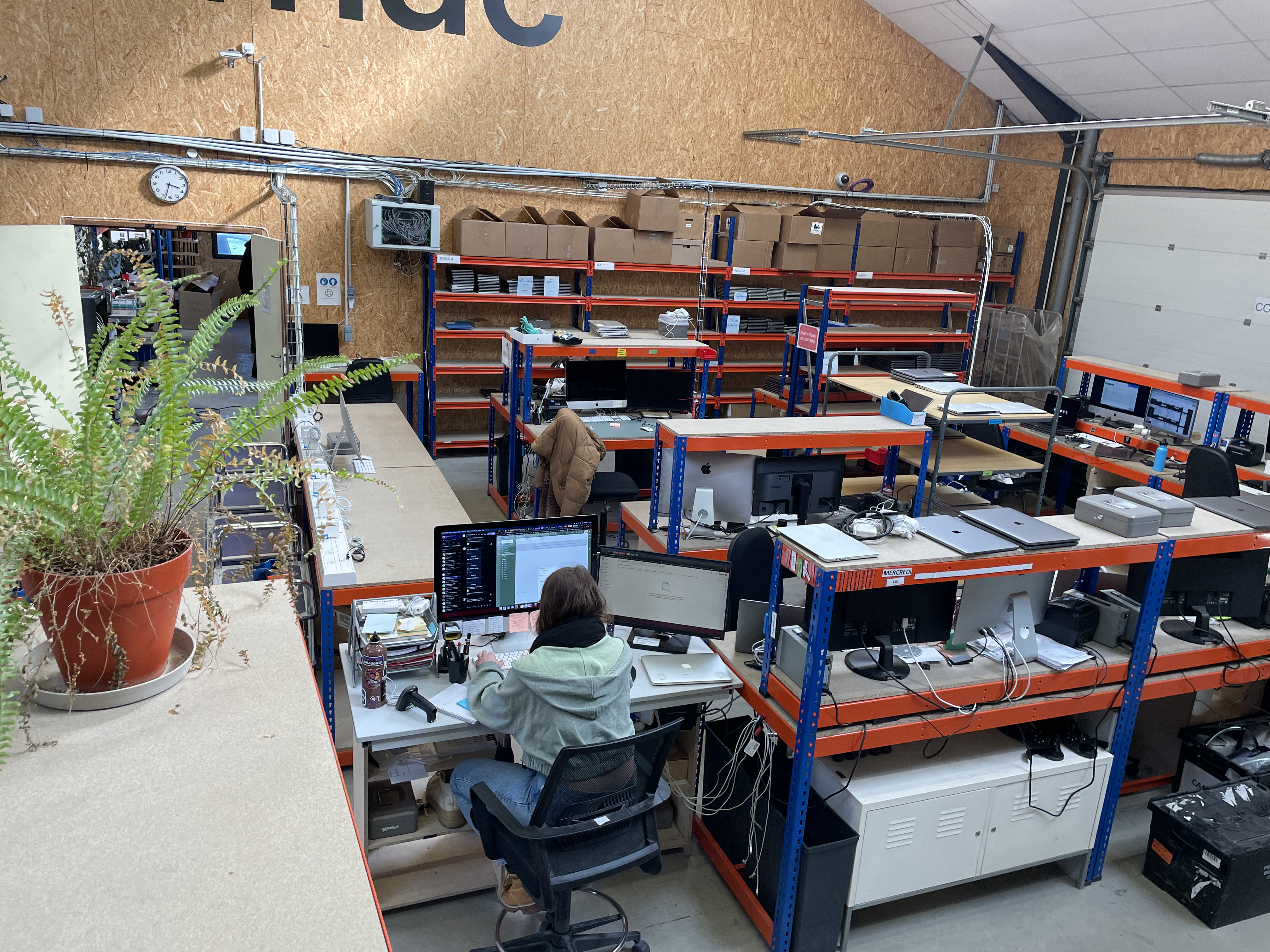Our impact
Port of Calais: innovative contractual framework
A major project made feasible by sensible structuring
Calais is France’s busiest port for passenger traffic and its fourth largest in terms of freight movement. It is also getting a lot bigger.
An ambitious expansion project has been launched – a scheme that is progressing through an innovative form of public private partnership.
The Port of Calais is anticipating significant growth in demand with a programme of civil engineering construction that will future-proof the port for the next 50 years. Expected increases in passenger and freight traffic were not entirely certain though, as the plans for expansion were being considered. Not sufficiently so for obtaining affordable financing that is.
The solution to this problem was a project structure that separates traffic risk from infrastructure construction risk. In essence, a concessionaire is now responsible for operating the port, collecting the passenger and freight revenue and making payments to a separate project company. It is this project company and special purpose vehicle (SPV) that is directing construction operations. Insulated from traffic risk, it is also the SPV that has attracted investment from lenders, including a 40-year maturity project bond.
“The main reason for this innovative split between concessionaire and project company was to secure affordable lending, to make the financing of the expansion feasible. But there are other advantages to this structure as well,” says the Chairman of the SPV Board of Directors, Olivier Bramaud-Grattau from Meridiam.
Principal organisations involved include the Région Hauts-de-France administration as the grantor of the concession, plus Meridiam and Caisse des Dépôts (CDC), two Chambers of Commerce and Industry (CCI) – the CCI Littoral Hauts-de-France and the CCI Hauts-de-France – and the Port of Dunkerque.
In 2011, the Région Nord-Pas-de-Calais administration (which has since become part of Hauts-de-France) launched a tender process for a new long-term, privately funded concession that included the joint operation of the Calais and Boulogne-sur-Mer ports and the Calais Port 2015 expansion project. The winning bid was that put together by the Côte d’Opale CCI (now CCI Littoral Hauts-de-France)– which was historically the operator of the Port of Calais – with CCI Nord de France (now CCI Hauts-de-France), Meridiam and CDC.
Project structuring was established to ensure the partners would play to their strengths. The CCIs took a majority (78%) shareholding in the concessionaire Société d’Exploitation des Ports du Détroit (SEPD), with Meridiam and CDC both taking an 11% equity stake. In the project company Société des Ports du Détroit (SPD), the roles were reversed. Meridiam and CDC are 80% equity partners in SPD. The CCIs jointly hold a 19% stake and the Port of Dunkerque has a 1% share of SPD.

“We believe this overall structure makes sense for shareholders. From the beginning it was right to recognise the different specialities of the companies and organisations involved. It was better to have financial investors and asset developers at the level of the project company SPD and port operators are best placed to oversee the concession at SEPD,” Olivier says.
Such a structure therefore ensures the right individuals and expertise are in the right places. Himself a former chief executive of SPD, Olivier applies a broad knowledge of project financing and management of risk in his role overseeing development of the Calais Port 2015 expansion.
Likewise, the Managing Director of concessionaire SEPD, Jean-Marc Puissesseau, is a former President of CCI Côte d’Opale, the organisation which has historically been the operator of the Port of Calais.


